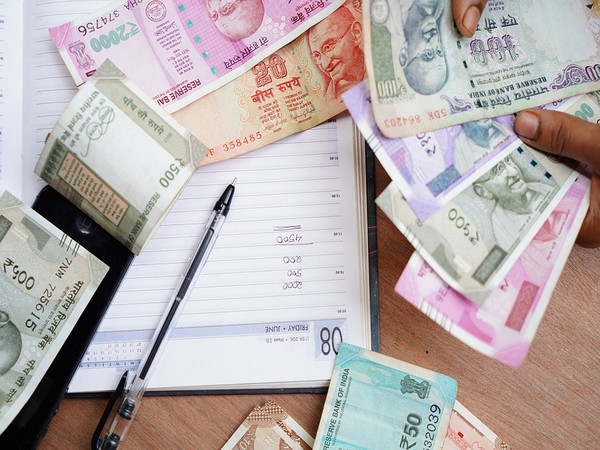New Delhi [India], March 21 (ANI): Credit growth in India is expected to moderate down to 12-14 per cent on a yearly basis over the financial year 2024-25-2026-27 from the current 16.5 per cent, according to Emkay Institutional Equities.
The loan-to-deposit ratio (LDR) is expected to fall to a reasonable level of 75 per cent from the current high of 80 per cent.
Explaining the rationale, the financial services company noted that the extended elevated interest rate cycle, higher funding cost, coupled with rising asset-quality risk in unsecured retail loans, pose risk to profitable lending.
Additionally, it said recent RBI actions to curb undeterred growth in unsecured loans or NBFC loans could play spoilsport.
In a report, the financial services company said that transient deposit growth lag is not to be solely blamed for any expected moderation in credit growth over the near-to-medium term and may recover if asset-quality risk eases.
Some of the banks, according to the report, have reduced the excess cash on the balance sheet to fund credit growth in the recent period, thereby delaying deposit growth and protecting margins.
However, most of these levers are now largely exhausted and, thus, banks will have to mobilize deposits to incrementally fund credit growth.
Emkay Institutional Equities said that banks’ preference for low-cost deposits is likely to remain high and, thus, accelerating deposit growth is imperative for banks to support credit growth in the long run.
Anand Dama, Senior Analyst BFSI, Emkay Global Financial Services said “The extended elevated rate cycle and, thus, higher funding cost coupled with rising asset-quality risk in unsecured retail loans contributing 12 per cent of YTD credit growth has raised concerns about profitable lending. The recent RBI’s actions to contain the bank’s undeterred growth in unsecured/NBFC loans has instilled fear amongst the lending institutions. Every bank will need to find its method for winning or at least surviving the retail deposit war.”
According to Emkay Institutional Equities, PVBs (HDFCB, ICICI Bank, Axis, and IDFC Bank) are in a branch expansion mode and have identified their niche focus areas to mobilize retail deposits, but PSBs (except the likes of SBI and BOB) still lag and could, thus, suffer in the long run.
According to Emkay Institutional Equities, PVBs (HDFC Bank, ICICI Bank, Axis Bank, and IDFC Bank) are in a branch expansion mode and have identified their niche focus areas to mobilise retail deposits, but public sector banks (except the likes of SBI and Bank of Baroda) still lag and could, thus, suffer in the long run.
In its report, the financial services company asserted digital banking is a must, but branches remain the ‘soul’ to retail deposit mobilization.
It argued that the rising digital transactions reduce cash dependence and, thus, deposit leakage at the macro level, while helping banks tap digitally savvy new-age customers and their transaction flow, leading to better customer float/deposit growth.
That said, branches remain the indispensable source of deposit mobilisation, not only in India but also in foreign countries. It added this is evident in the strong positive correlation between Branch-Deposit market-share gains for banks even in the current digital world.
Branches also help banks deepen the retail lending business in non-metros and, thus, feed it back into retail deposit growth. Additionally, though metros remain key contributors of deposits, their share is on a steady decline.
Emkay believes banks focusing on Urban + Semi Urban and Rural (SURU) branches (including ‘Hindi Heartland States’ given their long-term potential on credit/deposit front) will benefit in the long term. (ANI)












